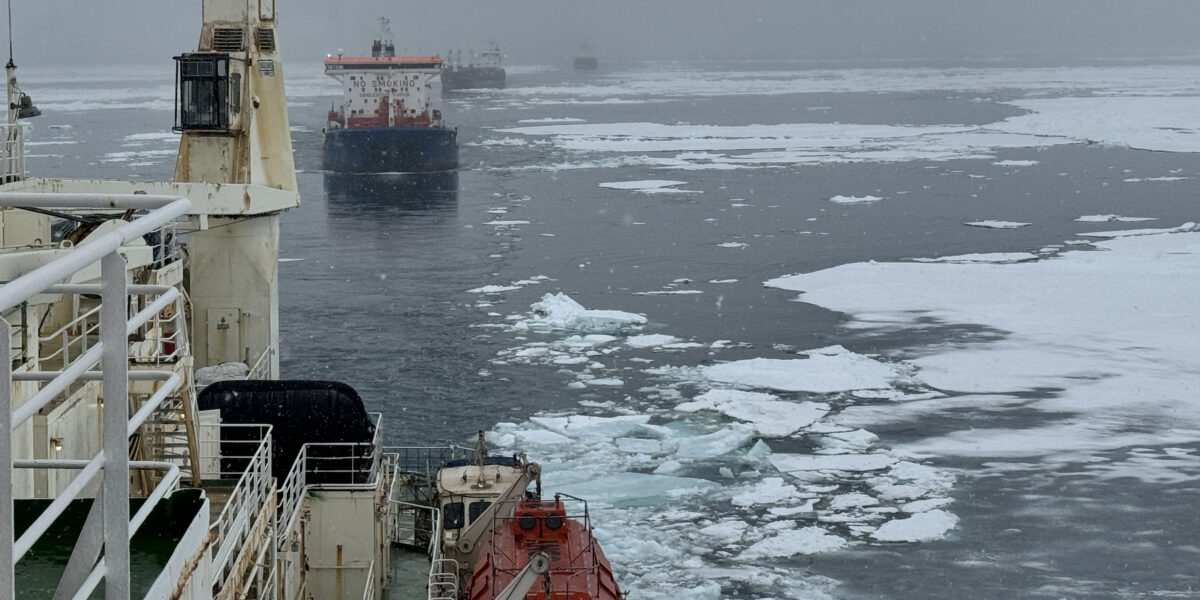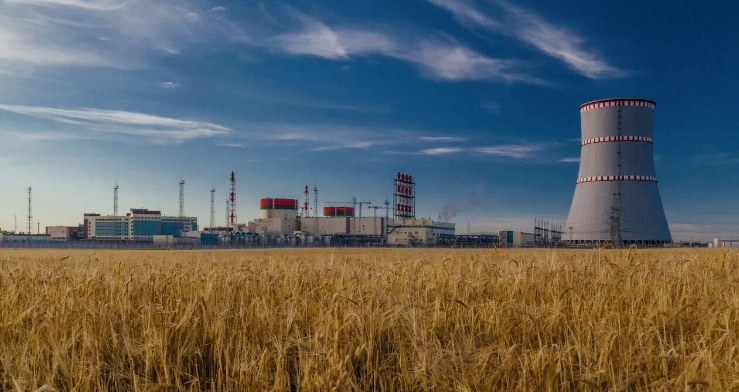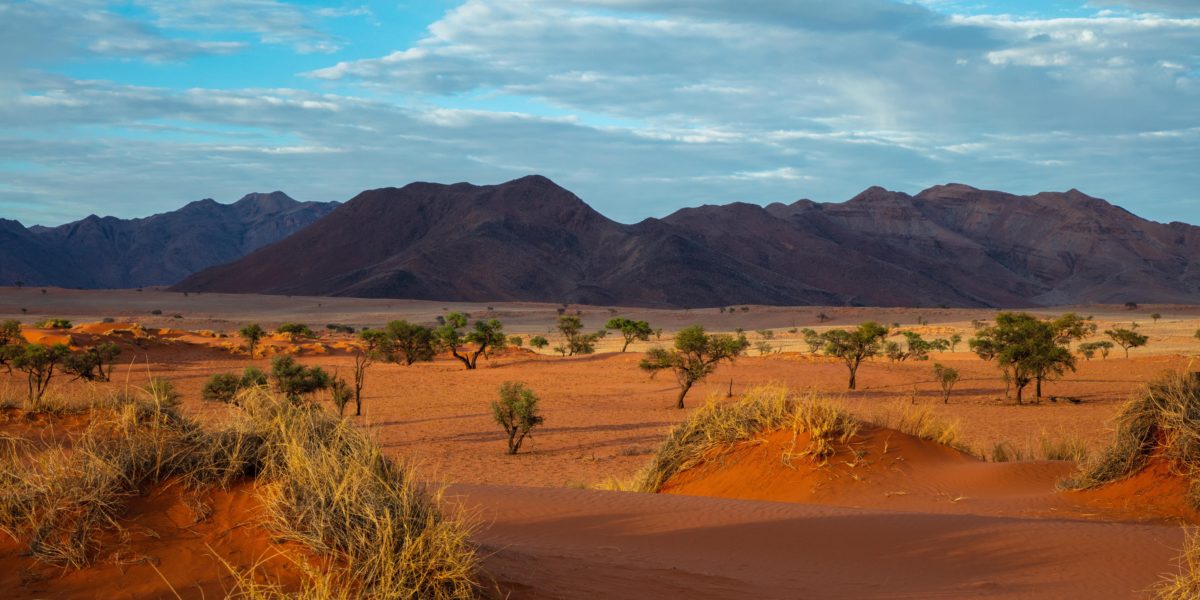On July 2, the nuclear-powered icebreaker Vaigach of Atomflot (Rosatom’s company) took three vessels under escort near Cape Zhelaniya. This is the first eastward bound voyage to deliver petroleum products and cargo to remote areas of the country (with limited delivery times during the summer navigation season).
“This convoy opened the summer-autumn navigation in the direction of the port of Pevek,” noted Leonid Irlitsa, Atomflot Director General. “One of the tankers will deliver fuel and lubricants to the north of Yakutia at the mouth of the Yana River. The nuclear icebreaker Vaigach is to escort the ships to the East Siberian Sea, and then the convoy will proceed escorted by the universal nuclear icebreaker Sibir. The ships will deliver fuel and construction materials to the port of Pevek.”
While escorting the vessels, the crews of nuclear icebreakers will be receiving information and navigation recommendations from NSR General Administration FSBI, which will allow the captains to choose the best route for the convoy.
“The ice conditions in the waters of the Kara Sea and the Laptev Sea are currently getting better,” said Vladimir Harutyunyan, First Deputy Director General and Head of the Maritime Operations HQs of NSR General Administration FSBI. “However, in the East Siberian and Chukchi Seas the ice conditions will be difficult until the end of July.”
Atomflot’s nuclear icebreakers are planned to escort the first convoy going from west to east this summer-autumn navigation on July 12.
Reference
The Northern Sea Route (NSR) is the shortest shipping route between the western part of Eurasia and the Asia-Pacific region. Administratively, the Northern Sea Route begins at the boundary between the Barents and Kara Seas (the Kara Strait) and ends in the Bering Strait (Cape Dezhnev). The route is 5.6 thousand km long. The NSR straddles the seas of the Arctic Ocean (Barents, Kara, Laptev, East Siberian, and Chukchi Seas).
The integrated development of the Russian Arctic is a national strategic priority. To increase the NSR traffic intensity is crucial to the fulfillment of the tasks set in the field of cargo shipping. This logistics corridor is being developed due to regular cargo transportation, construction of new nuclear icebreakers and modernization of the relevant infrastructure. Rosatom is actively involved in this work.
Russia is the only country in the world with a nuclear icebreaker fleet. The fleet operator is the Rosatom State Corporation enterprise FSUE Atomflot.
There are seven nuclear icebreakers in the icebreaking fleet of FSUE Atomflot: 50 let Pobedy, Vaigach, Yamal, Taimyr, Arktika serial universal nuclear icebreaker (SUNI) (project 22220), Sibir SUNI (project 22220), Ural SUNI (project 22220), as well as nuclear container ship Sevmorput. Another three universal nuclear icebreakers of project 22220 are currently being built in St. Petersburg. They are Yakutiya, Chukotka and Leningard laid down in January 2024.
In addition, the Zvezda shipyard is working on the construction of the world's most powerful nuclear icebreaker project 10510. This icebreaker will be equipped with 2 RITM-400 reactors with a capacity of 315 MW. The maximum ice thickness overcome by these icebreakers will exceed 4 meters.





